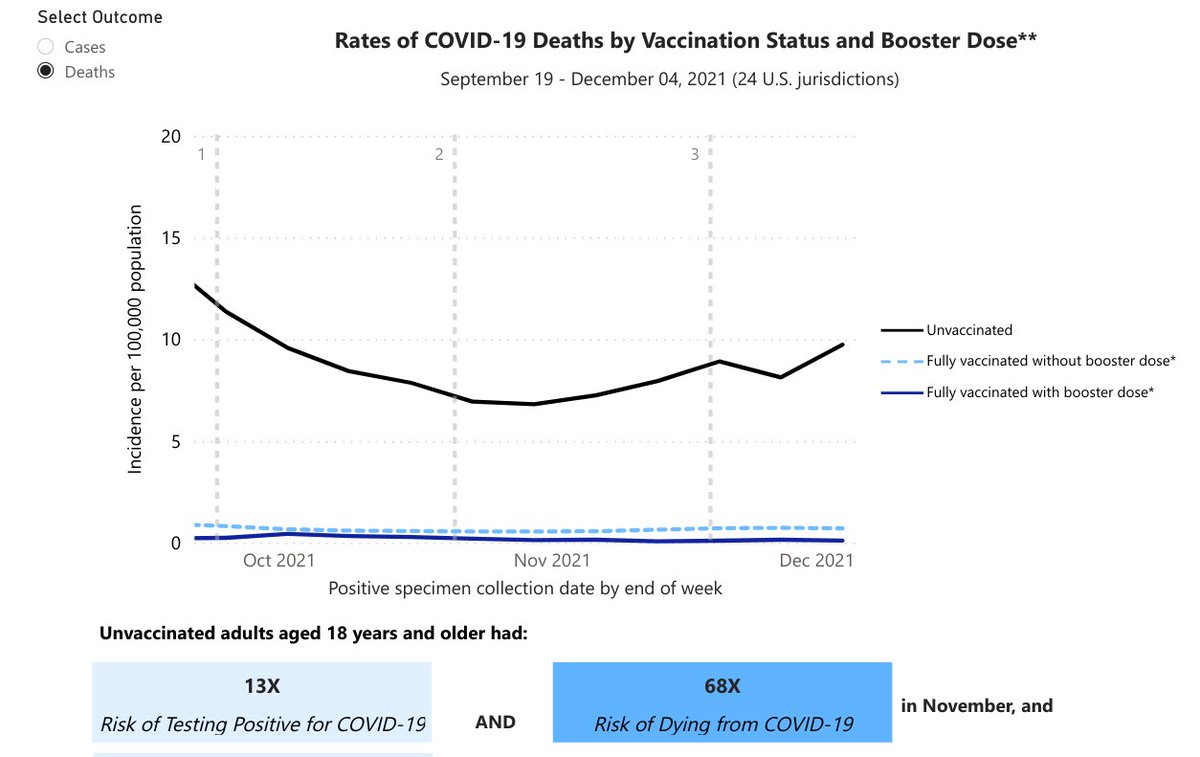
"We have made huge strides in effectively monitoring this virus," says @CDCDirector Rochelle Walensky.
There you have it. She's planting the seed for science changing. She's now discussing Wastewater surveillance as if that's a new technology. She says they'll ramp it up.
There you have it. She's planting the seed for science changing. She's now discussing Wastewater surveillance as if that's a new technology. She says they'll ramp it up.
Using wastewater surveillance for monitoring spread is a great idea. They could have and should have been utilizing it a year ago.
So from the sound of this briefing, they aren't making any new changes but Walensky is definitely hinting at laying the groundwork. She says they'll move to the next phase through improved 'surveillance' after spending 5 mins talking about all the great 'new' techniques they have
And when I say 'new' I am being facetious. They're definitely not new. She listed a bunch of things they've had all along and either don't discuss publicly or don't utilize effectively. They're hoping the public is stupid enough to believe these are newly discovered breakthroughs
"The President's COVID plan is working!" Jeff Zients says because cases and hospitalizations are going down, with no hint of acknowledging that cases and hospitalizations always decline on the back end of a seasonal wave.
• • •
Missing some Tweet in this thread? You can try to
force a refresh











